Speaker: Michael Clapper
Maxfield Parrish’s home and studio, The Oaks, shaped and embodied his ideal way of life, which was the underlying subject of his art throughout his career. Many of Parrish’s paintings feature a more extreme version of the paradoxical features that he brought together at The Oaks: a realm at once wild and desolate, but still orderly and lush; vast, sublime natural vistas, but seen from and incorporating the welcoming built environment of a grand home; freeing isolation, yet within a larger community and affording the sociability of family, friends, and occasional business contacts. The Oaks was part of a community of separate but related artist residences and studios that comprised the Cornish Colony, thus The Oaks was unique but was also an instance of a type. The landscapes that constituted nearly all of Parrish’s artistic output for the last thirty years of his career were the purest realization of his ideal of both artistic activity and lifestyle, rugged yet refined country life and appreciation of the quiet grandeur of nature as an antidote to urban living. At The Oaks, Parrish lived his ideal, and transmuted that existence into his paintings, which then became a vicarious, art-mediated experience for his viewers.
Biography:
Michael Clapper is an Associate Professor of Art History at Franklin & Marshall College. His scholarship has concentrated on mass-reproduced popular art, including Prang's chromolithographs, Rogers groups, Thomas Kinkade landscapes, and Currier & Ives prints.
